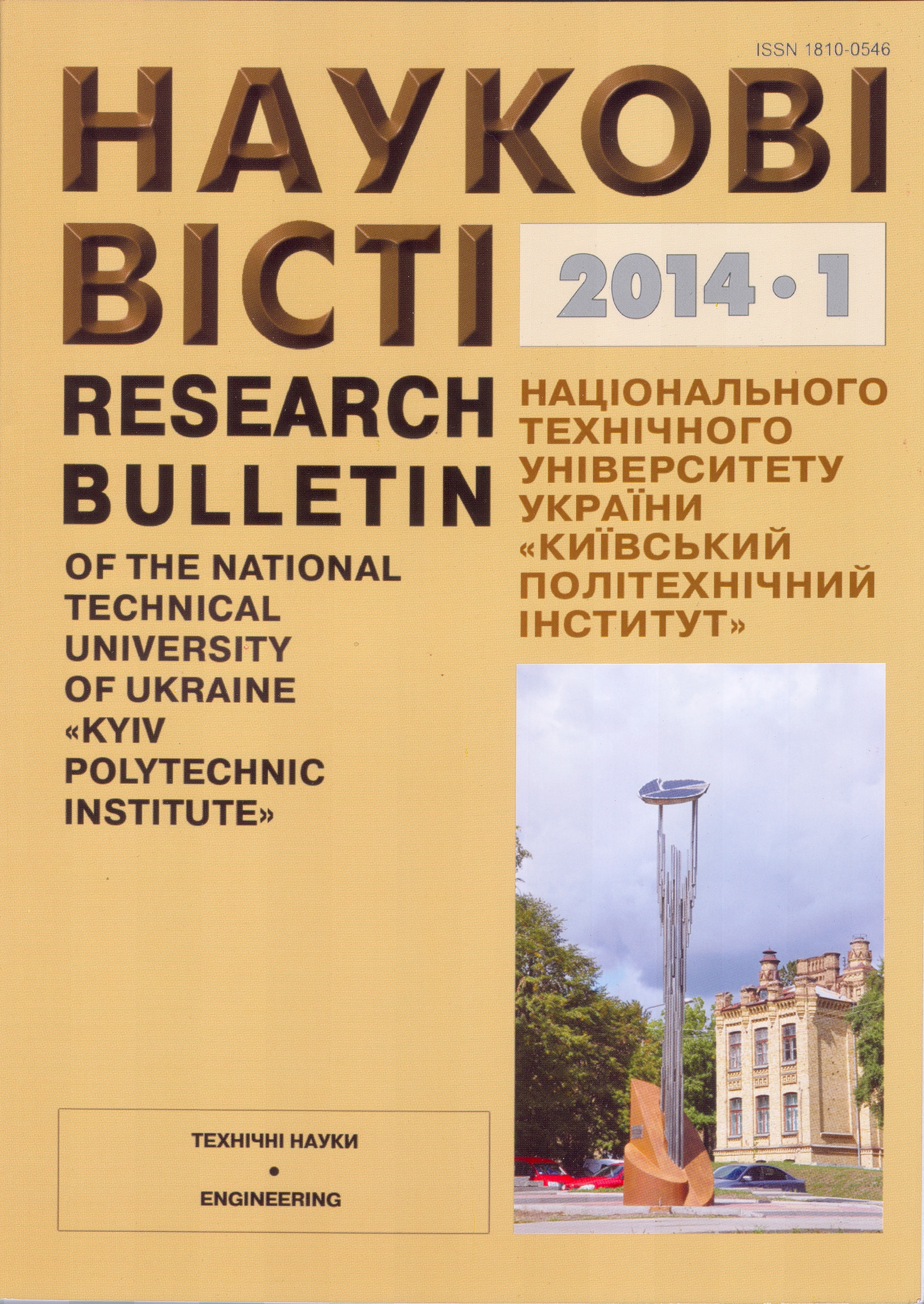Investigation of the Economic Efficiency of Automation of Production
DOI:
https://doi.org/10.20535/1810-0546.2014.1.26532Keywords:
BOF, Parameters of melting, Cost of steel, APCSAbstract
The influence of technological and human factors on the cost of steel, the improvement of the process and the organization of production were investigated. Technological factors include the basicity of slag, lining life, rate of oxygen input, changes in nitrogen content in the metal, clean of blowing, conditions of slag formation. Statistical relationship between the lining life and the basicity of slag was obtained. Found that the most important factors that affect the resistance lining this is a temperature in bath, chemical composition of the slag, duration of blowing time and idle time. Statistical relationship the action of average number turndown converter for melting on lining life was obtained. The study found that the control system can realize the basic provisions to reduce the cost of BOF steel, which is associated with an increase of scrap, lining life of the unit and weight yield, reduced material consumption, improve the process and the organization of production, reducing the duration of blowing and melting in general. The indicators received from the first turndown of the main parameters of melting – the carbon content and the temperature of the bath, and the simultaneous achievement of these parameters were presented.References
Математические модели и системы управления конвертерной плавкой / В.С. Богушевский, Л.Ф. Литвинов, Н.А. Рюмшин, Н.А. Сорокин. – К.: НПК “Киевский институт автоматики”, 1998. – 304 с.
Создание базовой интегральной динамической модели современных конвертерных процессов на основе законов неравновесной термодинамики / Б.Н. Окороков, П.Ю. Шендриков, О.А. Комолова, В.Г. Поздняков // Изв. вузов. Черная металлургия. – 2010. – № 5. – С. 31–36.
Бигеев А.М., Байтман В.В. Определение основных параметров кислородно-конвертерного процесса в конце продувки в условиях кислородно-конвертерного цеха ОАО “Магнитогорский металлургический комбинат” // Там же. – 2007. – № 4. – С. 31–34.
Основи металургійного виробництва металів і сплавів: Підручник / Д.Ф. Чернега, В.С. Богушевський, Ю.Я. Готвянський та ін.; За ред. Д.Ф. Чернеги, Ю.Я. Готвянського. – К.: Вища школа, 2006. – 503 с.
Модель керування конвертерним процесом у системі прийняття рішень / В.С. Богушевський, С.В. Жук, К.О. Сергеєва, М.В. Горбачова // Системні дослідження та інформ. технології. – 2012. – № 4. – С. 35–44.
V. Bogushevsky et al., “System for the BOF Process Control”, Adv. Sci. Open Access J., vol. 5, pp. 26–29, 2013.
R. Walker and D. Anderson, “Reaction mechanisms in basic oxygen steelmaking. Thermodynamics and kinetics of refining”, Iron and Steel, vol. 45, no. 3, pp. 271–276, 1972.
Бойченко Б.М., Охотський В.Б., Харлашин П.С. Конвертерне виробництво сталі (теорія, технологія, якість сталі, конструкція агрегатів, рециркуляція матеріалів і екологія): Підручник. – Дніпропетровськ: РВА “Дніпро-ВАЛ”, 2004. – 454 с.
Кобыляков И.И. Методика анализа влияния факторов на формирование экономических показателей работы конвертерного цеха // Изв. вузов. Черная металлургия. – 1987. – № 10. – С. 28–31.
Downloads
Published
Issue
Section
License
Copyright (c) 2017 NTUU KPI Authors who publish with this journal agree to the following terms:- Authors retain copyright and grant the journal right of first publication with the work simultaneously licensed under CC BY 4.0 that allows others to share the work with an acknowledgement of the work's authorship and initial publication in this journal.
- Authors are able to enter into separate, additional contractual arrangements for the non-exclusive distribution of the journal's published version of the work (e.g., post it to an institutional repository or publish it in a book), with an acknowledgement of its initial publication in this journal.
- Authors are permitted and encouraged to post their work online (e.g., in institutional repositories or on their website) prior to and during the submission process, as it can lead to productive exchanges, as well as earlier and greater citation of published work

